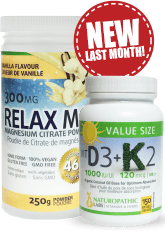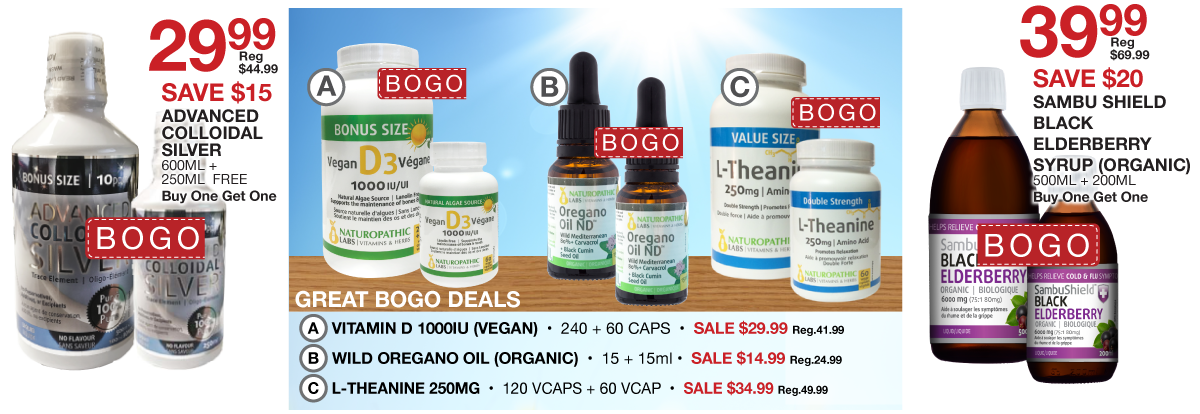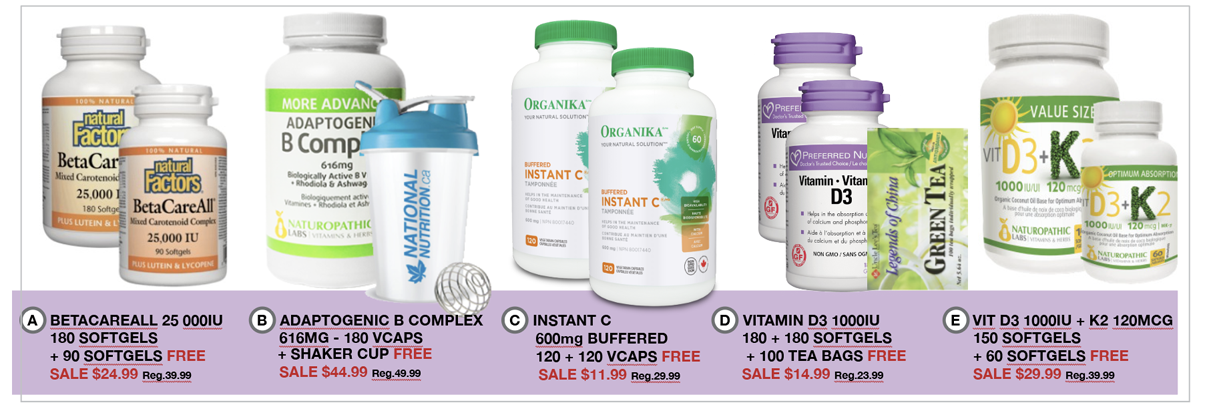- Home >
- On Sale
MINERALS!
-
Calcium & Magnesium Citrate 2:1 With Vitamin K2 And Collagen (Orang...
Sale: $23.99
Reg.: $29.99 (Save $6.00)
-
Echinamide Sore Throat Relief With Zinc (Natural Cherry) - 60 + 60 ...
Sale: $10.99
Reg.: $19.99 (Save $9.00)
WEIGHT LOSS & WORKOUT
PROTEIN & GREENS
-
Whole Earth & Sea Pure Food Fermented Organic Greens (Organic Choco...
Sale: $62.97
Reg.: $72.99 (Save $10.02)
-
Vegiday Raw Organic Protein (Decadent Chocolate) - 972 + 972g + BONUS
Sale: $89.99
Reg.: $110.99 (Save $21.00)
Essential Oils
-
100% Pure Organic Cedarwood Atlas Essential Oil - 50ml + BONUS
Sale: $15.99
Reg.: $17.99 (Save $2.00)
-
100% Pure Antibacterial Thieves Essential Oil Blends - 50ml + BONUS
Sale: $26.99
Reg.: $49.99 (Save $23.00)

















































